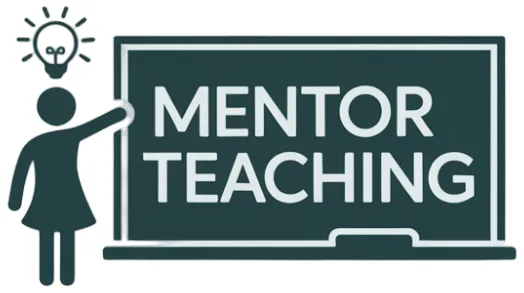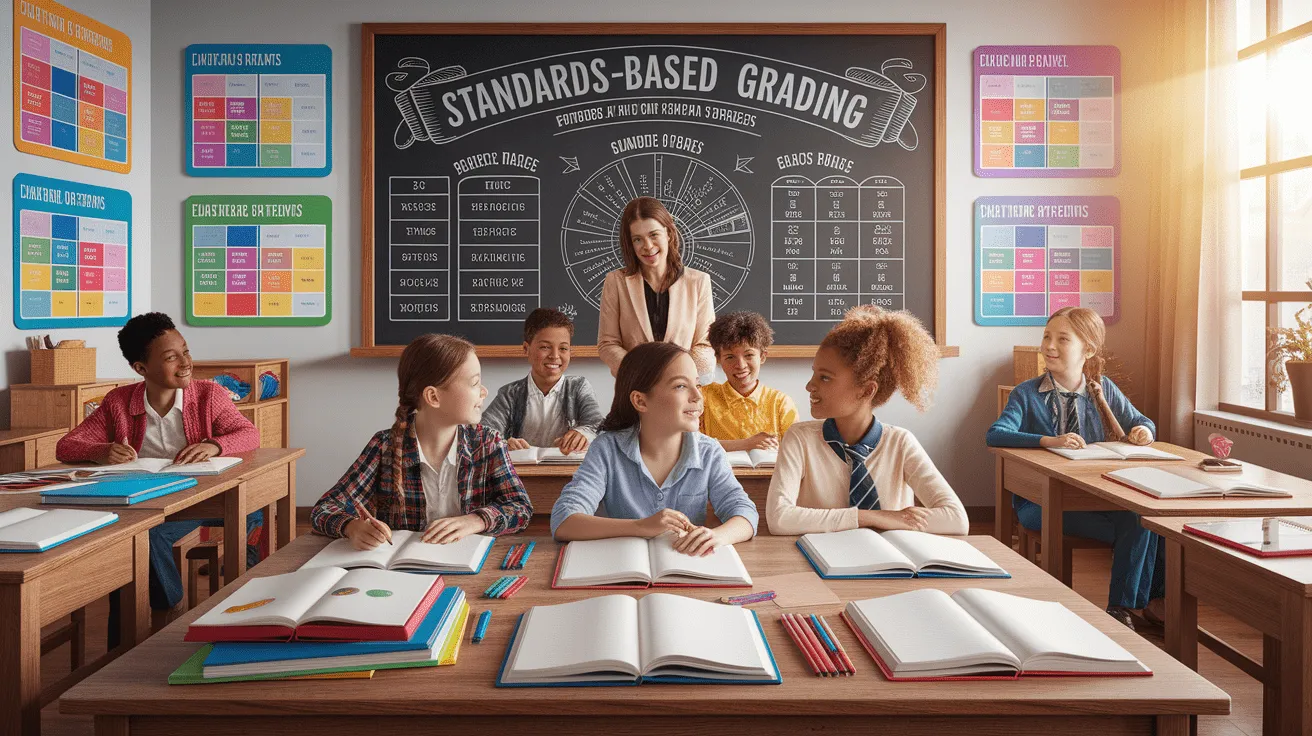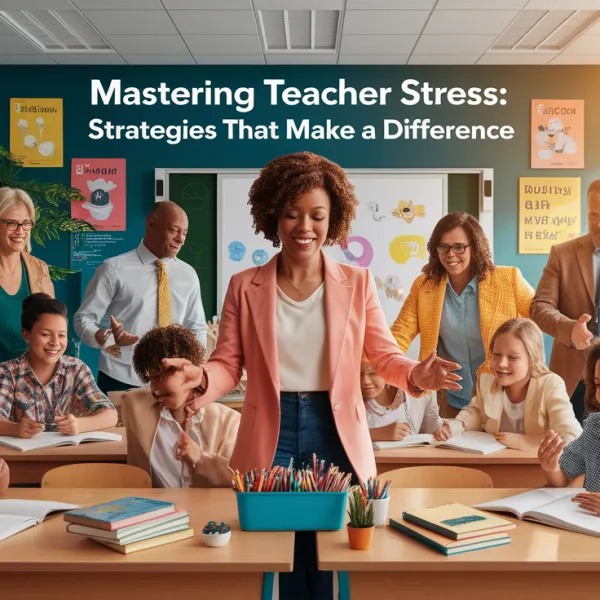Get Started with Standards-Based Grading
Alright, class – today we’re diving into the world of standards-based grading (SBG), a fresh approach to assessing student learning that’s gaining momentum in schools everywhere. Instead of tallying up scores from homework, tests, and projects into a single letter, SBG zooms in on what students actually know compared to specific learning standards. Think of it as turning on a spotlight to illuminate each skill separately, rather than blending them into one murky grade.
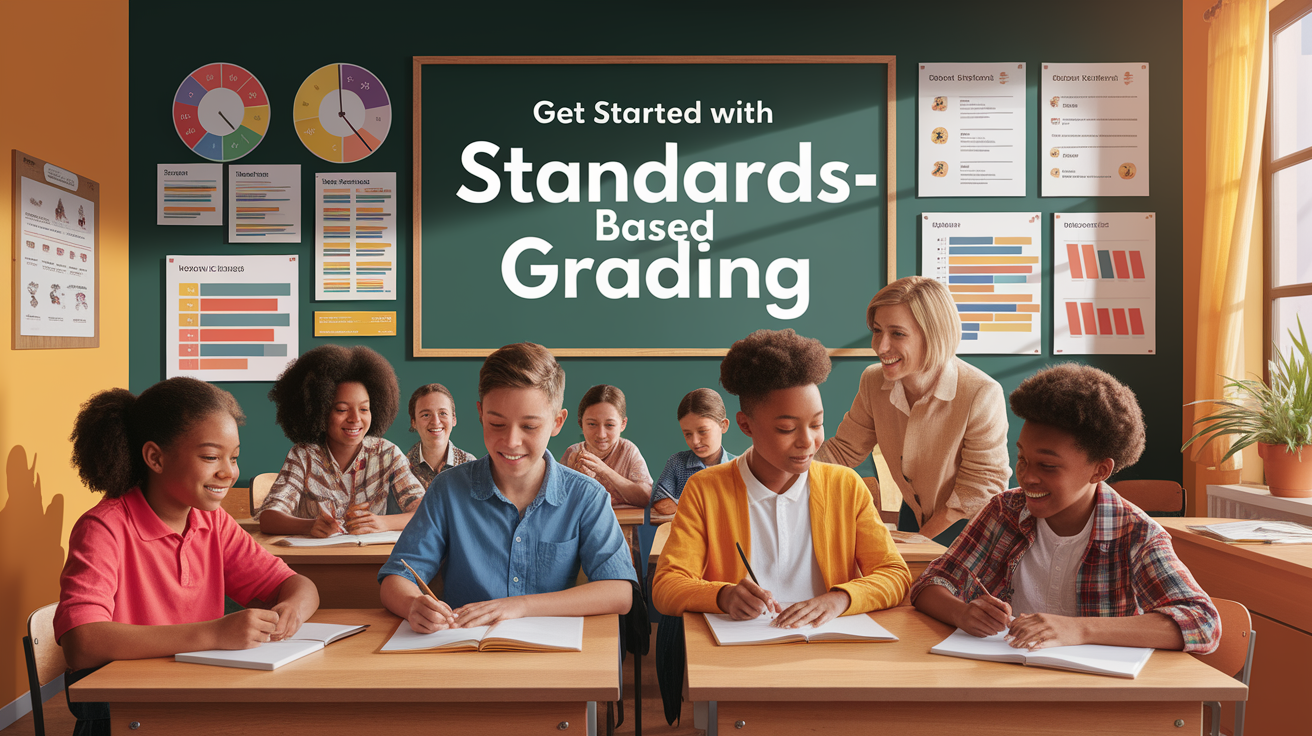
If this sounds intriguing, you can explore an overview of SBG to understand its philosophy and how it differs from traditional grading. This system thrives on clear proficiency scales, multiple opportunities for skill demonstration, and feedback that guides learning – it’s less “points game” and more “learning journey.”
Core Principles of Standards-Based Grading
The beating heart of SBG is clarity. Teachers set clearly defined learning objectives aligned to academic standards, and then communicate mastery levels through well-designed grading rubrics. Students don’t just get one shot – reassessment policies give them repeated chances to show growth. And remember, SBG keeps academic achievement separate from factors like attendance or effort to ensure grades reflect actual skill mastery.
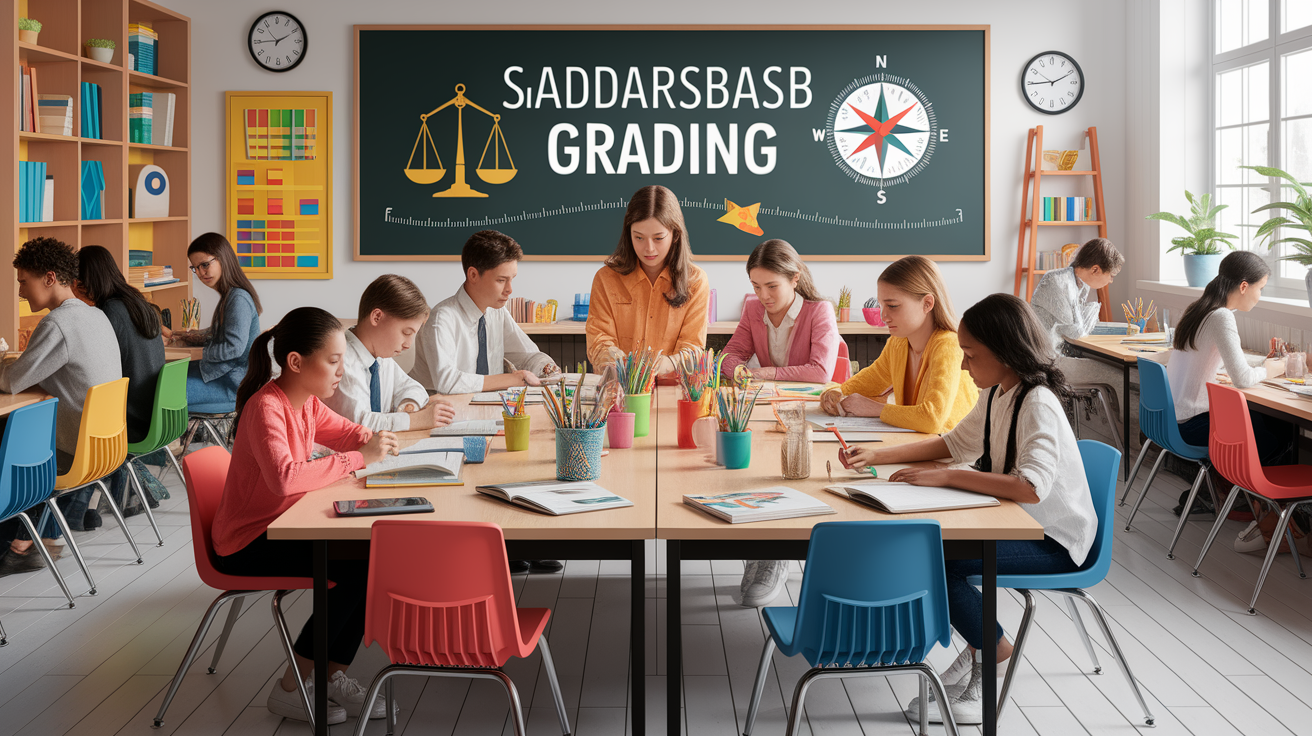
According to the core principles of SBG, transparency is key. Progress reports come with detailed performance indicators so families can identify strengths and areas for improvement. In short, every score tells a story, and that story is about learning outcomes, not just compliance.
- Measure each standard distinctly.
- Use rubrics to define proficiency levels.
- Offer multiple assessment opportunities.
- Separate academic results from behavior and participation.
- Communicate student progress frequently.
Practical Steps for Implementation
Ready to roll out SBG in your classroom? Let’s break it down into manageable steps:

- Identify learning standards for your subject – these will be your “must-know” targets.
- Create grading rubrics or proficiency scales that define mastery. This could involve reviewing examples of learning targets and scales from other educators.
- Design formative assessments to check progress along the way and summative assessments for final mastery checks.
- Revamp your grade book so it tracks individual standards – no more one-size-fits-all scores.
- Establish a clear reassessment policy to encourage growth and skill demonstration.
- Communicate changes to parents and students to ensure understanding and buy-in.
These steps can be adapted to fit any grade level or subject. The goal is a transparent system that makes student progress easy to monitor.
Overcoming Common Challenges
No educational shift comes without hurdles. SBG’s biggest roadblocks often include teacher training needs, transitioning from a traditional grading vs standards-based grading mindset, and explaining the system to parents who expect familiar letter grades.

There’s also the challenge of crafting assessments that cleanly measure each standard without mixing in unrelated skills. Complex report cards can confuse families – clear communication strategies help here. Research from the University of Rochester notes that systemic change and patience are key – it’s more marathon than sprint.
- Provide professional development for teachers.
- Use parent nights or guides to explain the “why” behind SBG.
- Start small – maybe one subject or grade level – before expanding.
- Share examples of SBG report cards for transparency.
Wrapping Up Your SBG Journey
Switching to standards-based grading is a leap toward a clearer, fairer picture of student learning. By focusing on discrete skills, teachers empower students with actionable feedback, fostering a growth mindset that thrives on authentic assessment and opportunities to improve.
Whether through detailed SBG report cards or more intentional progress monitoring, you’re moving toward an educational assessment model that values mastery over averaging. The road may have bumps, but every step brings your students closer to truly owning their learning – and that’s a classroom win worth celebrating.
